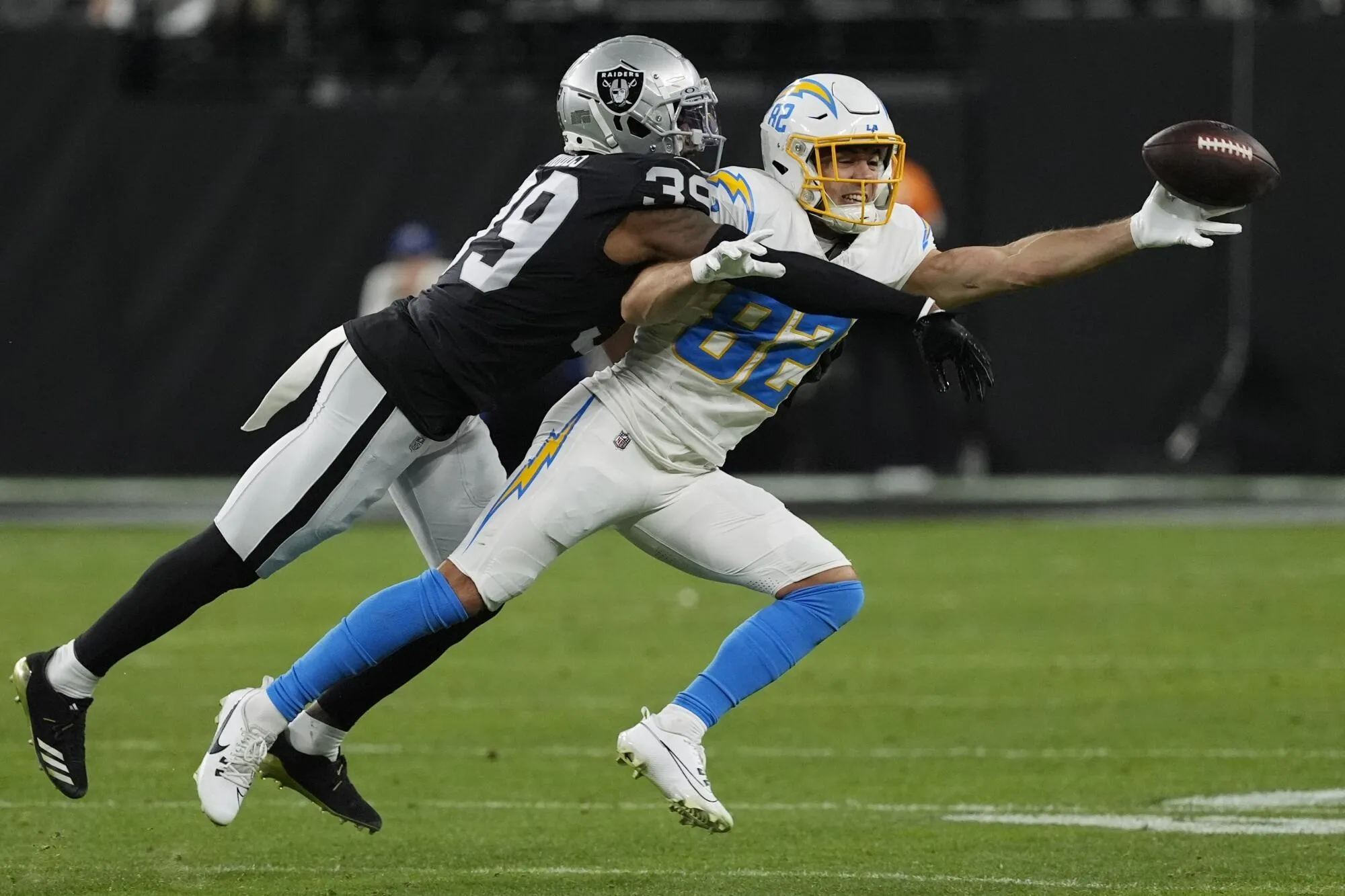Shortly after he defeated Sonny Liston to win the heavyweight title in February 1964, Cassius Clay changed his name to Muhammad Ali.

The new name, bestowed by Elijah Muhammad, leader of the Nation of Islam, was important to Ali, who referred to Cassius Clay as his slave name and took umbrage when people used it.
But in The New York Times, as in many newspapers and magazines at the time, Cassius Clay won the Liston rematch in 1965, Cassius Clay beat Cleveland Williams in 1966, and Cassius Clay refused to be inducted into the Army in 1967.
It wasn’t until the early 1970s that The Times, for one, began to regularly call him Muhammad Ali.
Articles appeared in March 1964 about the name change, yet over the next few years The Times mostly referred to Ali as Clay. From 1964 to 1968, Cassius Clay appeared in more than 1,000 articles, Muhammad Ali in about 150. Sometimes articles would note that he was “also known as Muhammad Ali,” but the bulk of the references were always to Clay.
A Times article in 1966 noted that Ali balked at accepting an award because it was inscribed to Cassius Clay, not Muhammad Ali. The article’s headline was “Clay Gets Award as Boxer of Year.”
On page 36 of the Feb. 6, 1967, edition, there were three stories about Ali. A preview of his fight with Ernie Terrell and a Sports of The Times column about the match referred to him as Clay. A news story about his speech at a Houston mosque called him Muhammad Ali in the headline, but Clay in the text. (In general, stories about Ali away from the ring were more likely to use his preferred name.)
Robert Lipsyte, a former sports reporter and columnist at The Times, said that editors were “adamant that until Ali changed his name in a court of law, we would call him Cassius Clay.”
Lipsyte and others objected to the policy. “I found it very embarrassing,” he said. “We did not ask what John Wayne and Rock Hudson’s real names were.”
Another former Times reporter, Gerald Eskenazi, remembered “the strange dichotomy of addressing him as ‘Muhammad’ and writing about ‘Clay.’”

The Times was not alone in this policy. The Washington Post regularly referred to Ali as Clay; a June 1970 headline in The Post read “Clay Set to Make Boxing Comeback." In April 1966, Sports Illustrated’s cover read “Cassius Clay, the Man, the Muslim, the Mystery,” though by July 1967 he was referred to as Ali on the cover and inside the magazine.
Lipsyte recalled that he once told Ali about the papers calling him Clay, “I feel sorry about this, but this is out of my control.” Ali responded, “Don’t worry, you’re just a little brother of the white power structure.”
There was not a consistent Times policy against using Muslim names. Malcolm X, for example, was referred to by that name even in the early 1960s, and in the report of his death in 1965, though sometimes his birth name, Malcolm Little, was mentioned in passing.
In Ali’s case, change finally came in late 1970, around the time of his return to the ring after a suspension for refusing to serve in the military. On Aug. 19, a headline read “Clay Wins Round in Court Battle,” but on Aug. 24 Lipsyte wrote a column referring to him as Ali throughout. From then on, Times articles began referring to him primarily as Ali, although they usually added “also known Cassius Clay.”
“I don’t remember a real fiat from on high,” Lipsyte said. “I think it was slippage. The older desk guys go and the younger desk guys come in … ”

Times do change at The Times.
“It's much more the norm now not to impose a name on someone,” said Philip B. Corbett, the associate editor for standards. “Our basic approach now in general is to use the name people use for themselves.”
He noted that Times coverage of the presidential race referred to Bernie Sanders, Ted Cruz and Jeb Bush, not Bernard, Rafael Edward and John Ellis.
The Times was also quick to begin referring to Caitlyn Jenner and Chelsea Manning by their new names and genders.
There are limits, though, even today. Performers who have styled their names with unusual symbols like Ke$ha and ?uestlove appear in more conventional spellings in The Times. “We are reluctant to use unorthodox typography,” Corbett said. “It can look like a mistake.” When Prince declared that his name was an unpronounceable glyph, The Times went with “the artist formerly known as Prince,” and often just Prince.
“You want to be respectful to the people you are writing about by using their names,” Corbett said. “On the other hand, you don’t want to baffle your readers.”



